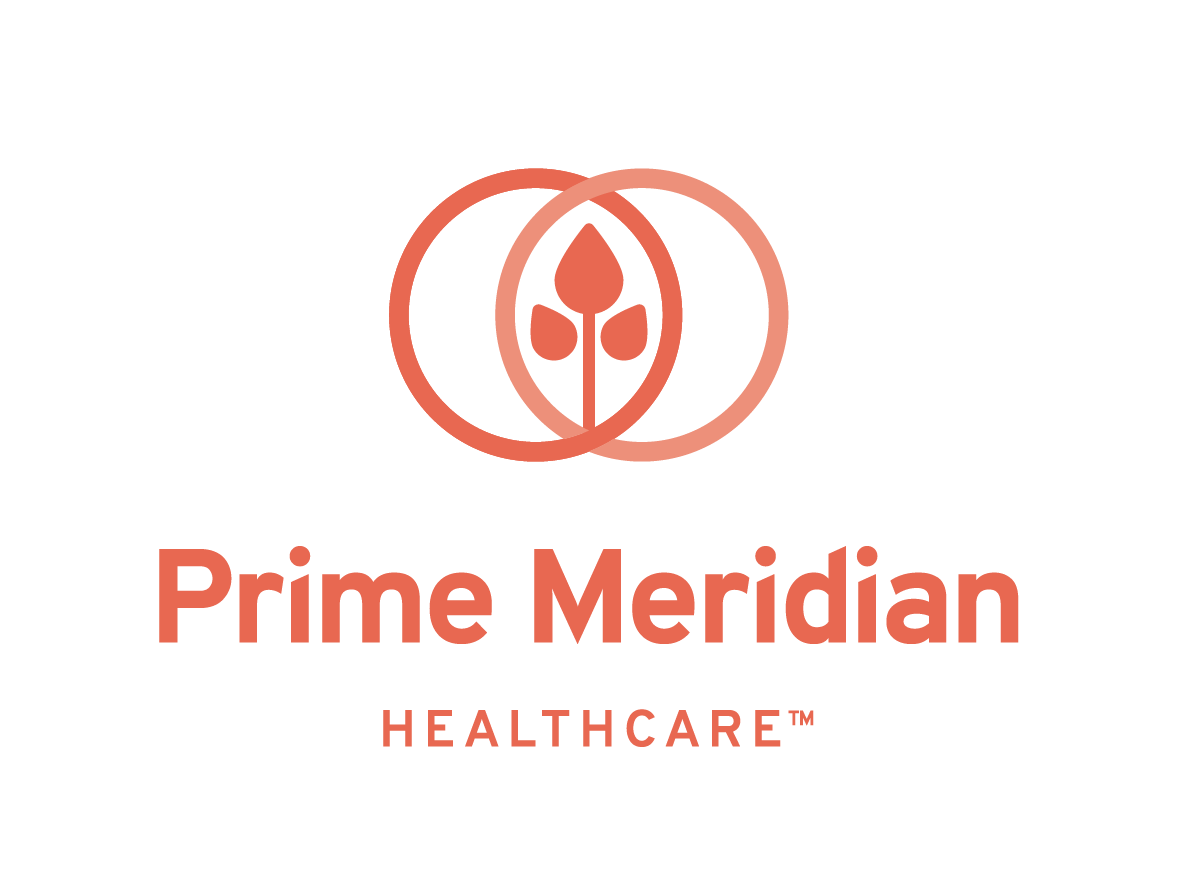A Look at Hand Washing
A Brief History…
Unless you are a medical professional, you’ve probably never heard of Ignaz Semmelweis. Yet, his discovery may have saved more lives than any health discovery ever. In the mid-19th century, approximately 10% of childbirths resulted in death due to fever. Semmelweis proposed that the cause of this fatal fever was a simple lack of cleanliness. He required his interns at Vienna General Hospital’s maternity clinic to wash their hands between procedures with a chlorinated lime solution. Almost immediately the incidence of fever was reduced. Semmelweis tried to convince his colleagues to follow his lead, but was labeled as insane, dismissed from his job, and ultimately committed to an asylum where he passed within a matter of weeks. It wasn’t for decades, until the work of microbiologists Louis Pasteur and Robert Koch resulted in the germ theory of disease, that hand washing became an accepted part of medical care. Even today, estimates suggest that proper hand washing could prevent nearly a million deaths a year globally. Additionally, it could dramatically reduce the incidence of respiratory infections, foodborne illnesses, and various other healthcare-associated infections (1).

The Science of Hand Washing
The most important part of hand washing is the physical process of removing microorganisms from your skin. Many of these potentially harmful substances have properties—such as the fatty coating of some viruses—that make them difficult to eradicate simply with exposure to cleansing agents.
According to the Centers for Disease Control and Prevention, there are four simple steps to effective hand washing (2):

1
Wet your hands with clean, running water. The temperature is irrelevant.

2
Lather your hands completely with soap, making sure to physically scrub between the fingers, under the nails, and on the backs of your hands. Continue vigorously scrubbing for at least 20 seconds.

3
Rinse hands under clean, running water. Again, the temperature is not important.

4
Dry hands with a clean towel.
Don’t Forget to Wash Your Hands
The simplest and most effective means to limit healthcare-associated infections is following proper hand washing guidelines. Remind everyone in your family that clean running water, soap, and lots of physical scrubbing, repeated multiple times a day, is essential for long-term health.
References
1
Washing Hands and Diarrhoea Risk
Curtis V. and Cairncross S.
2
How to Wash your Hands
Centers for Disease Control and Prevention


